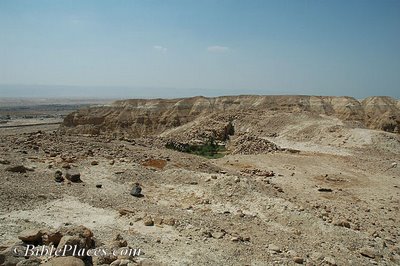Recent claims that Robert Cornuke discovered the Ark of Noah in Iran are questioned by several people who believe that the flood of Noah was a historical event, but doubt that Cornuke has found evidence of it.
Dr. John Morris of the Institute for Creation Research comments on the “petrified wood” that Cornuke believes is from the ark. The article is brief and worth reading in full. Among other things, Morris notes:
The claim is made that the material is petrified wood, and it may be. But petrified wood is found in thousands of places around the world. Finding it here means nothing. Perhaps the ark is petrified, but this would necessitate conditions and a sequence of events which hardly seem likely here. Wood is best petrified when buried in volcanic ash, but the team have asserted that the region of their discovery is not volcanic. Without precise maps and study, it would be impossible to refute this claim.
Rick Lanser of the Associates for Biblical Research has written a much more detailed article, questioning in particular the Iranian location of Cornuke’s find. He concludes:
For the above and other reasons which space does not allow me to deal with, it appears that Bob Cornuke’s “filters” have prevented him from dealing fairly with much information which does not fit into his “Ark in Iran” hypothesis. When such data is considered, it raises great doubt that he has found anything related to Noah’s Ark on Takht-e Suleiman. I would love to see his find hold up to close scrutiny so it can be used as a witness to the world of the trustworthiness of the Bible, but if I – who, as a brother in Christ, am “on his team” – can come up with this many problems in identifying the find on Mount Suleiman with the Ark, we can be sure that an unfriendly, secular world full of dyed-in-the-wool skeptics will find many more reasons to reject it. The best I think he can hope for is that many will want to hear his story as an adventure tale – but that may be enough for him, an expected benefit of the aggressive promotion of the site at the beginning. I just hope that in view of the many problems that have come to light, he presents his audiences with the FULL story, warts and all.

